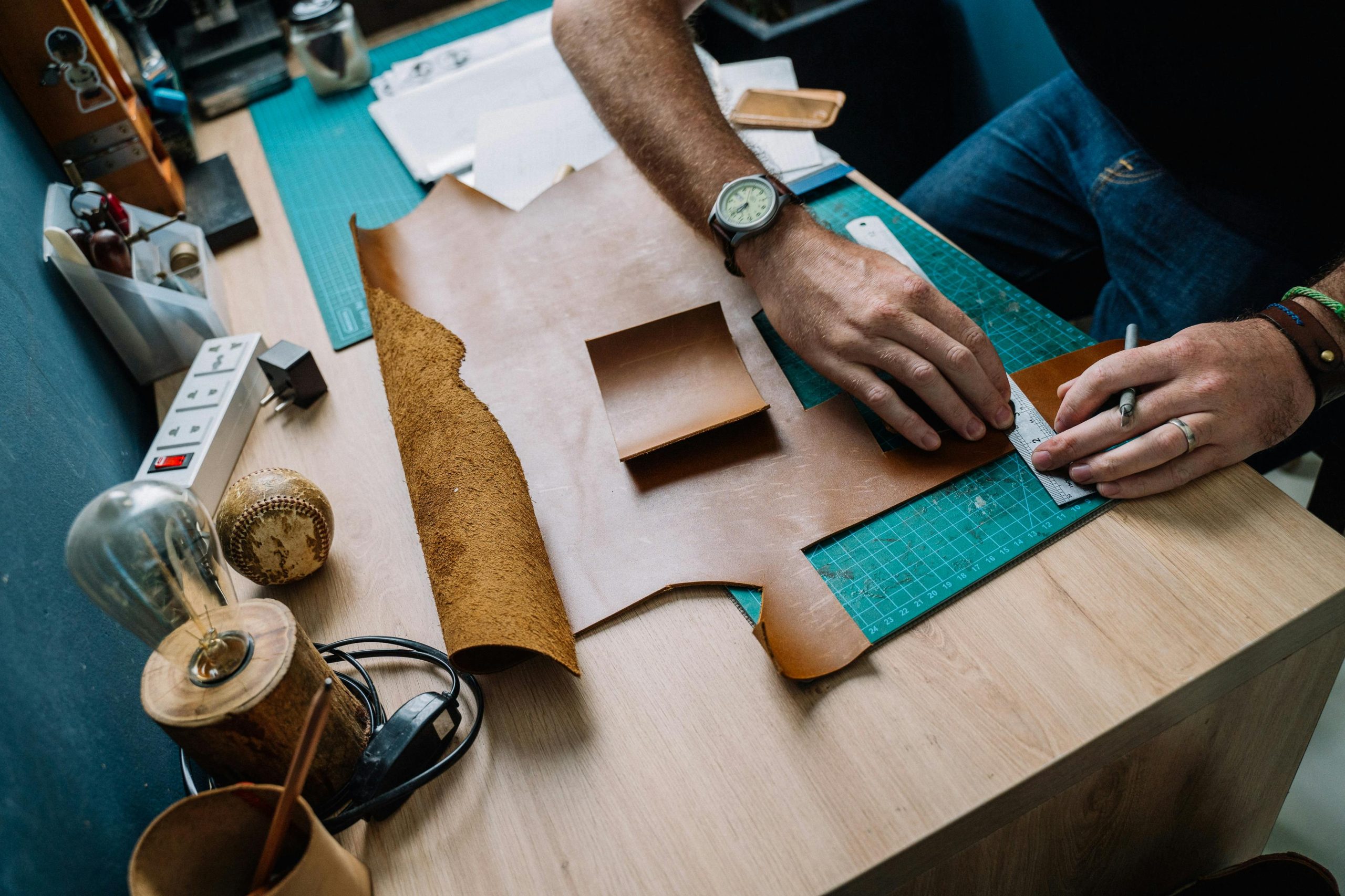AI software is homogenizing everything—so I decided to diverge from the trend.
Challenging the Uniformity of AI-Driven Design: Embracing Purpose and Creativity
In the rapidly evolving landscape of digital design, a recurring trend has emerged: many new websites and applications start to look the same. From gradient buttons to glassy card designs, rounded corners to minimalist layouts—these elements have become the default, often dictated by popular UI templates and AI-generated suggestions. While this consistency can be visually appealing and efficient, it also risks creating a homogenized digital environment where originality and purpose take a backseat.
As an enthusiast and practitioner of innovative web development, I appreciate the utility of AI tools—such as Cursor, Bolt, v0, and Replit—that streamline workflows and inspire new ideas. However, I’ve observed a growing tendency to let these tools define what “good design” looks like, rather than using them as means to an intentional end.
This realization led me to experiment with designing my personal website with a different approach—one that prioritizes purpose over aesthetic trends. The goal was simple: communicate my story, showcase my work, and publish case studies, all while fostering a timeless, clear, and meaningful user experience.
Setting Clear Principles for a Purposeful Design
I began by asking myself a fundamental question: What do I want visitors to understand or feel when they land on my site? The answer was to share my journey, projects, and insights in a straightforward manner. To reinforce this intent, I established a few guiding rules:
- Limit the color palette to only two colors
- Use basic geometric shapes to structure elements
- Avoid overused effects like gradients and glassy finishes
These constraints forced me to focus on clarity and content rather than superficial aesthetics. The result is a website that feels simple, timeless, and genuinely reflective of my purpose.
From Concept to Implementation: Strategic Narrative Design
For my case study on ShipGlobal, I adopted a storytelling approach. I designed the content first in Figma, presenting it as a flowing narrative—problem, process, and solution—mirroring a presentation rather than a static page. This flow was then translated into a website layout, making the case study engaging and easy to follow. This method emphasizes understanding and storytelling, steering away from the conventional, often impersonal, case study formats.
Contrasting Approach: Creating with Playfulness and Intent
To explore the spectrum further, I built a playful Tic Tac Toe game hosted at [https://t














Post Comment